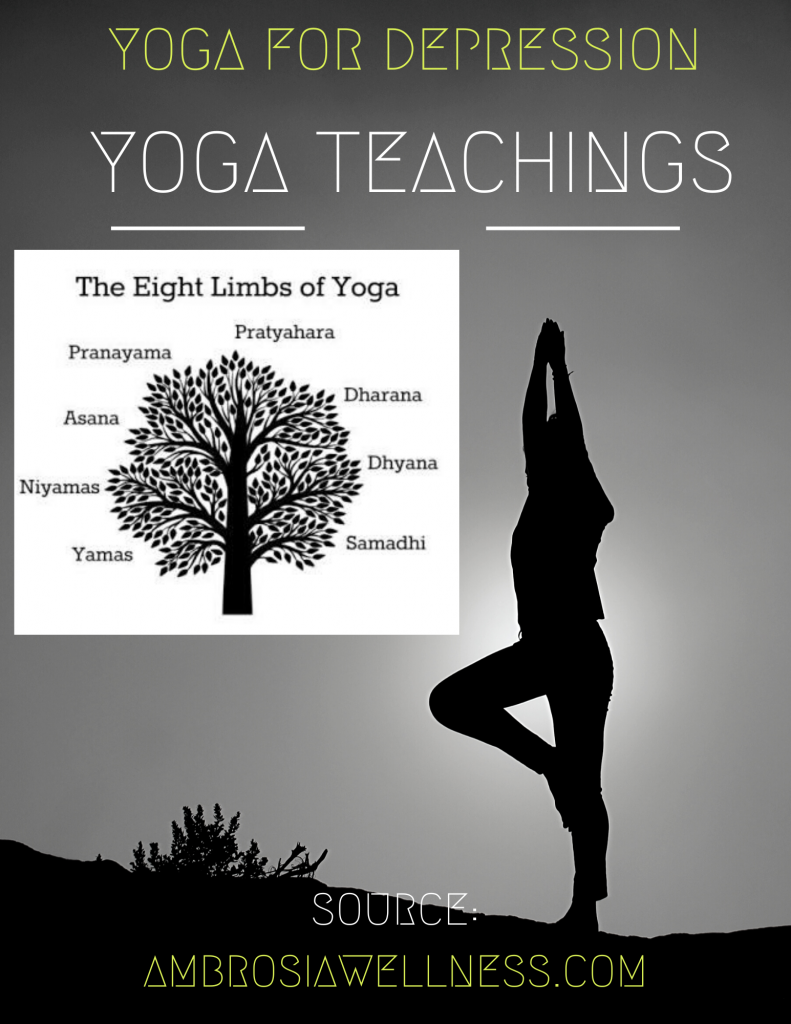Yoga for depression
The question at hand is – Is yoga for depression effective?

Yoga has its origins in ancient India. In 1988, researches were first started by Berger and Owen in Western countries to study the use of yoga for reducing depression. Ever
Depression is a serious clinical illness which may not be taken so seriously and often left untreated. Globally, the number of people suffering from depression are on the rise. Although the mechanisms of depression are not well understood, stress and stress-related factors appear to contribute to the experience of depression. More and more people choose holistic alternative treatments for such long-term ailments over allopathic medical treatments. Yoga refers to specific physical, mental, and spiritual disciplines that are practiced in order to establish a state of permanent inner peace. Yoga is gaining popularity as an alternative therapy for treating depression among other ailments. In Yoga, the mindfulness and meditation aspects may reduce depression. The core component of yoga for depression focus on yoga styles, mainly the practice of yoga poses or yoga asanas. Yoga falls in the complementary alternative medicine (CAM) subcategory of mind-body medicine—practices and interventions that take advantage of the interactions among the brain, body, mind, and behavior in order to maintain and improve physical functioning and health. The numbers of people practicing yoga has grown dramatically in the past several years.
Yoga for depression
Practitioners indicated that their leading motivations for starting yoga were flexibility (78% of respondents), general conditioning (62%), and stress relief (60%). These findings are consistent with studies noting that musculoskeletal problems, mental health conditions, and asthma are the most common medical conditions for which yoga practitioners seek help through yoga.
Teachings of Yoga are considered similar to a tree with 8 limbs or aspects:
| Aspects | Meaning |
| Yama | Universal ethics |
| Niyama | Individual ethics |
| Asana | Physical pose (Here, the term “asanas” refers to specific bending, standing, twisting, and balancing postures to improve flexibility and strength) |
| Pranayama | Breath control (controlled breath exercises performed while focusing on body awareness) |
| Pratya hara | Control of the senses |
| Dharana | Steadiness of mind |
| Dhyana | Meditation (mental practice of voluntary concentration of thoughts) |
| Samadhi | Bliss |
Asana, Pranayama and Dhyana are the 3 facets of yoga popularly followed. The numerous yoga styles approach these three facets of yoga in different ways. This literature critique considers two well-recognized styles of yoga, Iyengar and Vinyasa. Iyengar yoga is a precise style of yoga that focuses on alignment and holding each pose in a series of poses. This style of yoga is distinguished by its use of blocks, straps, and blankets to assist a person and to avoid injury. In Vinyasa yoga, a person moves from one pose to another with coordinated breath in a continuous flow for an intense mind-body workout.
Yoga for weight loss and yoga for diabetes and dementia are some articles associated with benefits of yog for those health conditions.

Pallavi Pinge is a Clinical Nutritionist and Dietitian | Content Director & Editor for health websites | has a passion for digital health and enjoys promoting health and wellness. She’s the founder and director of Ambrosia Wellness, where she provides personalized nutrition counseling, education, and coaching to individuals with various health conditions. You can follow her on her social media channels below to stay tuned in with the latest in health and wellness | Health Blog | Contact her for appointments |






